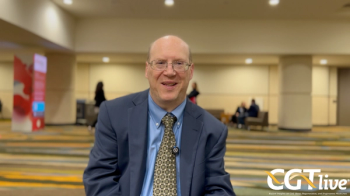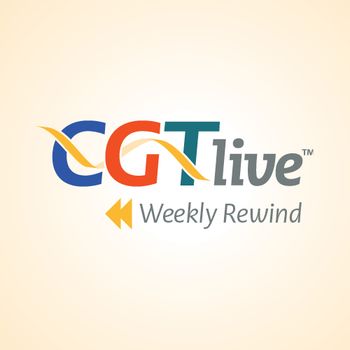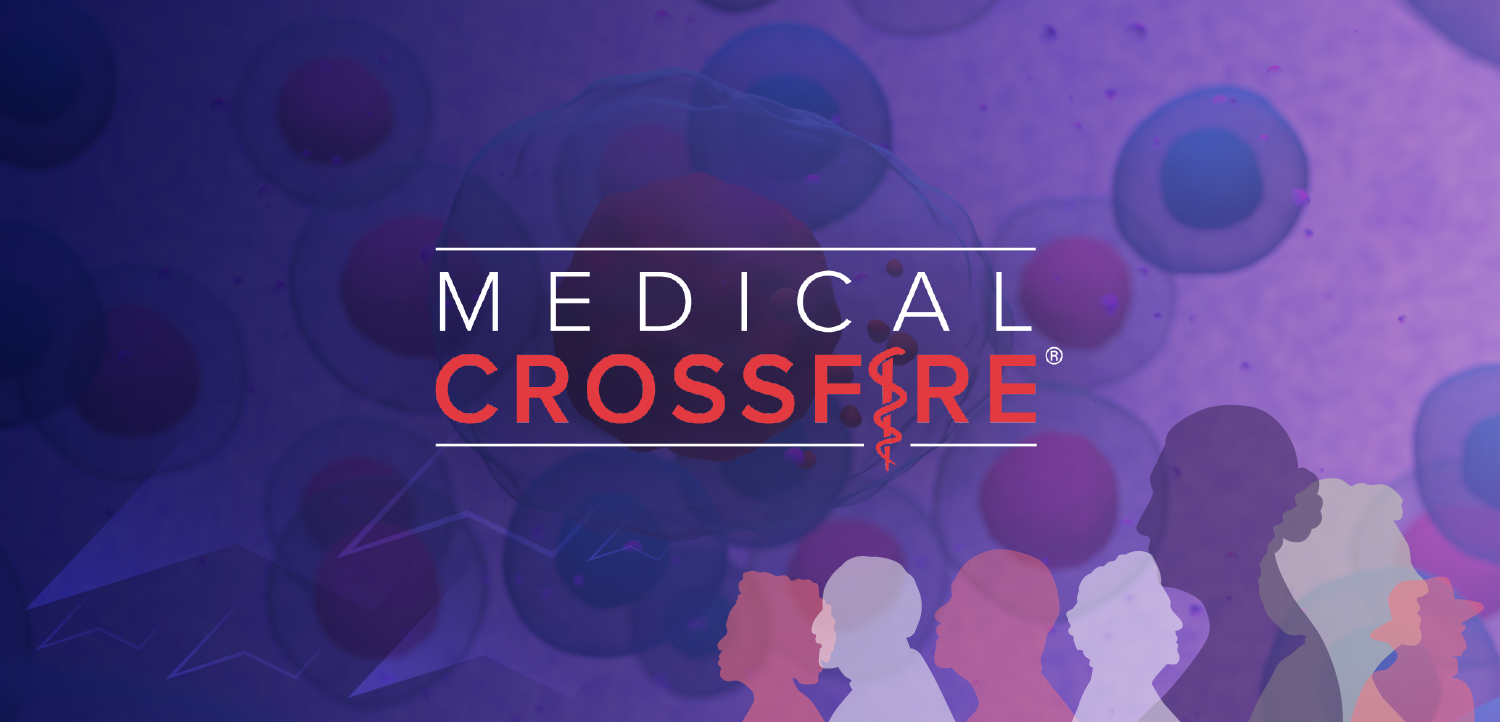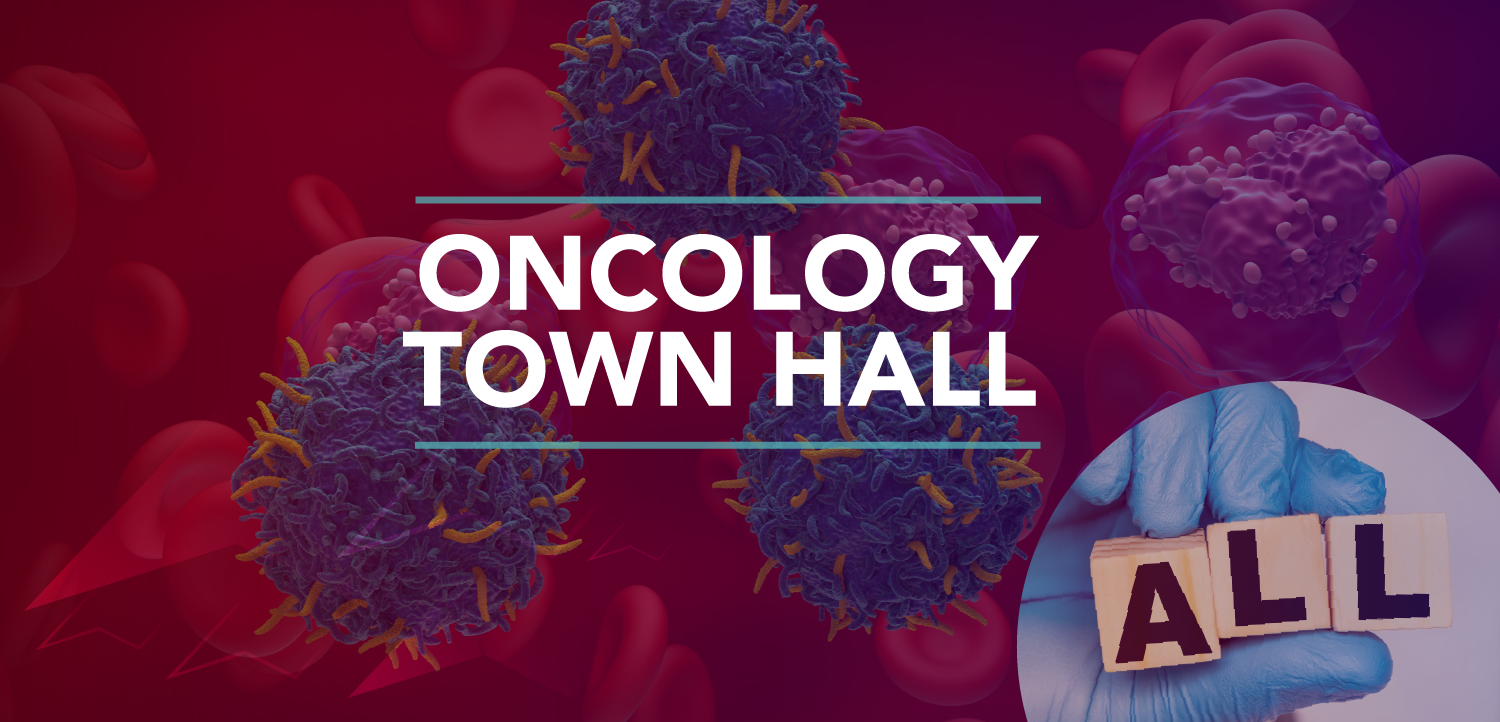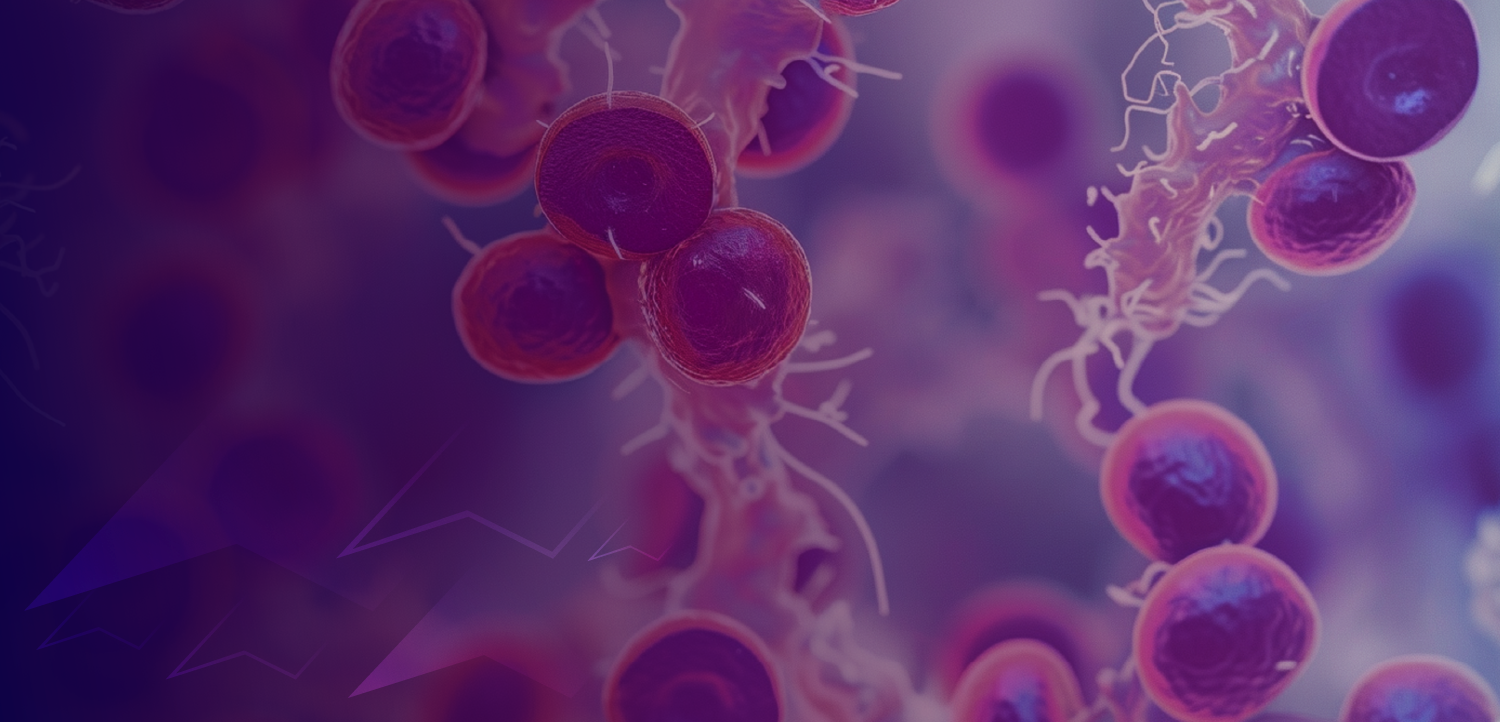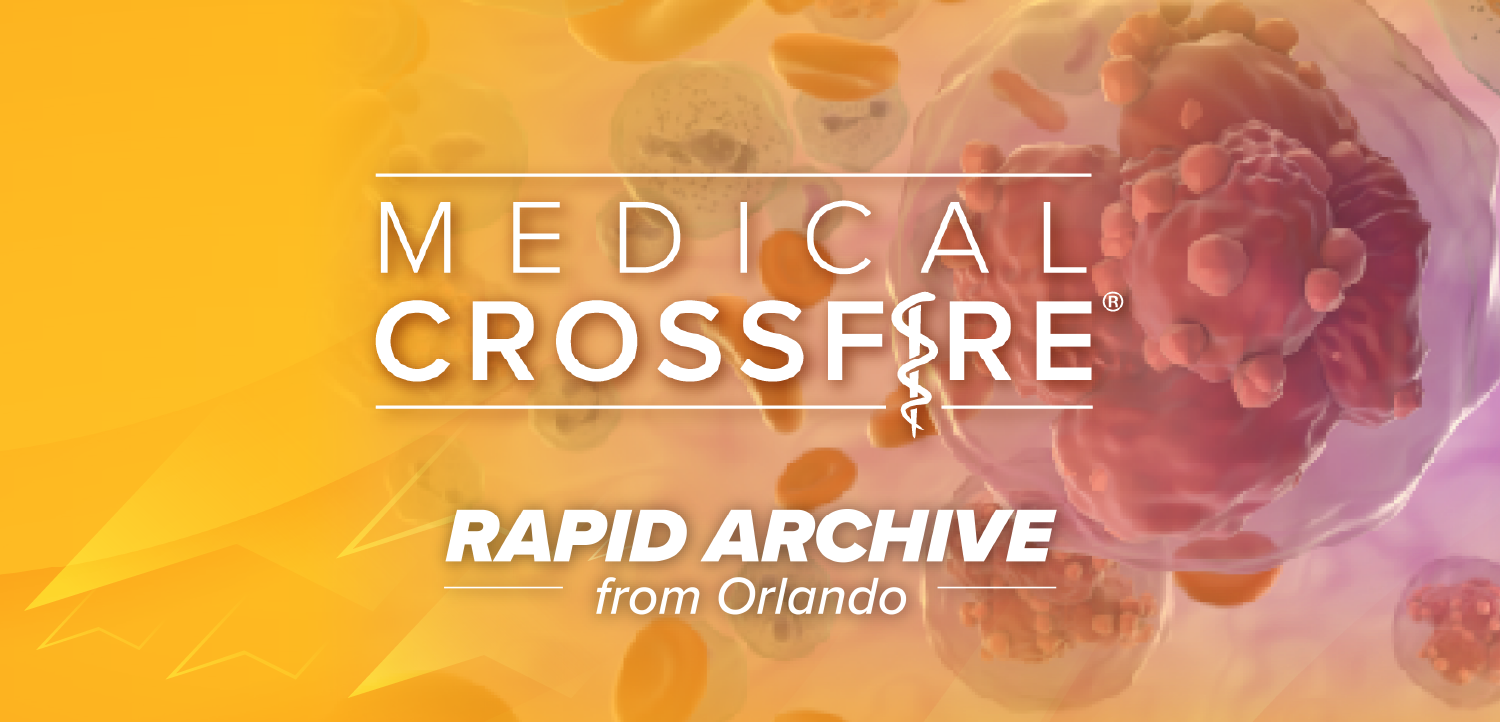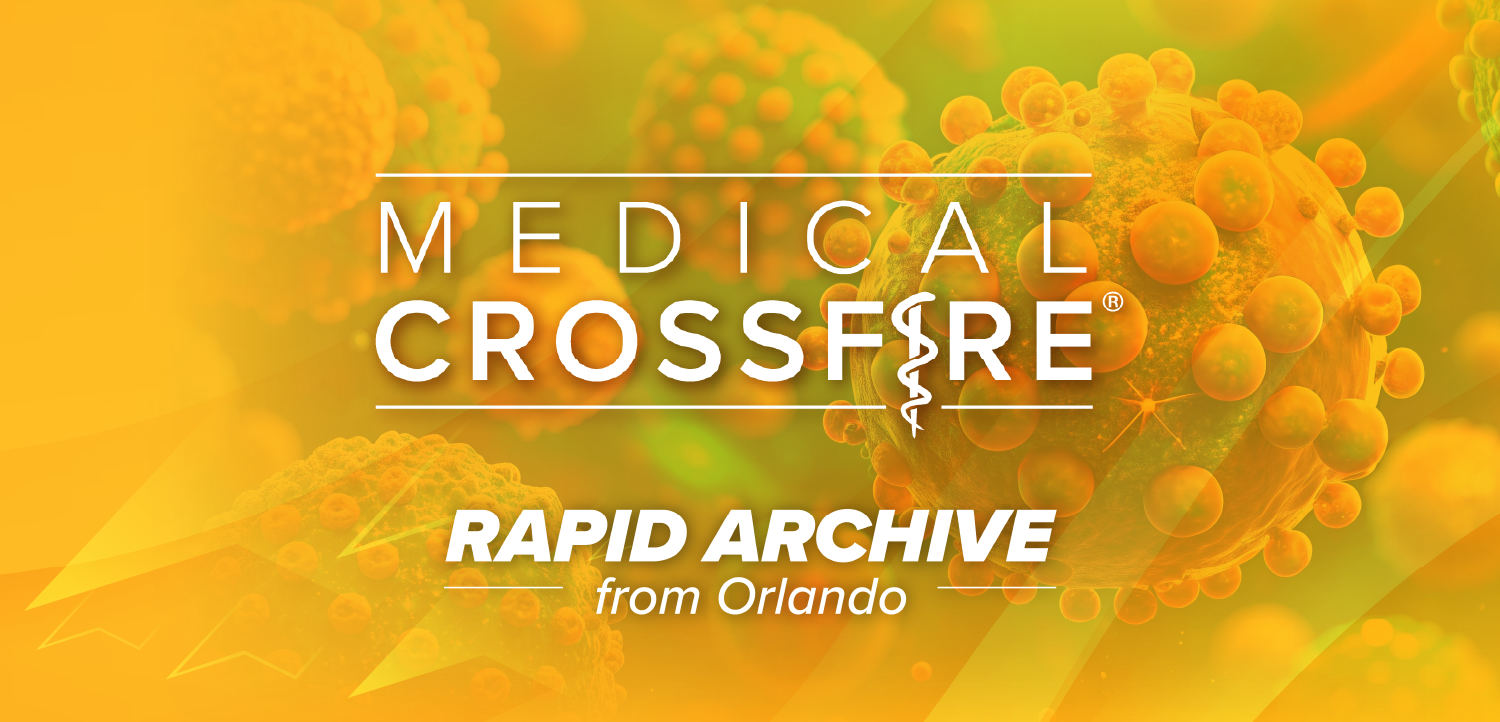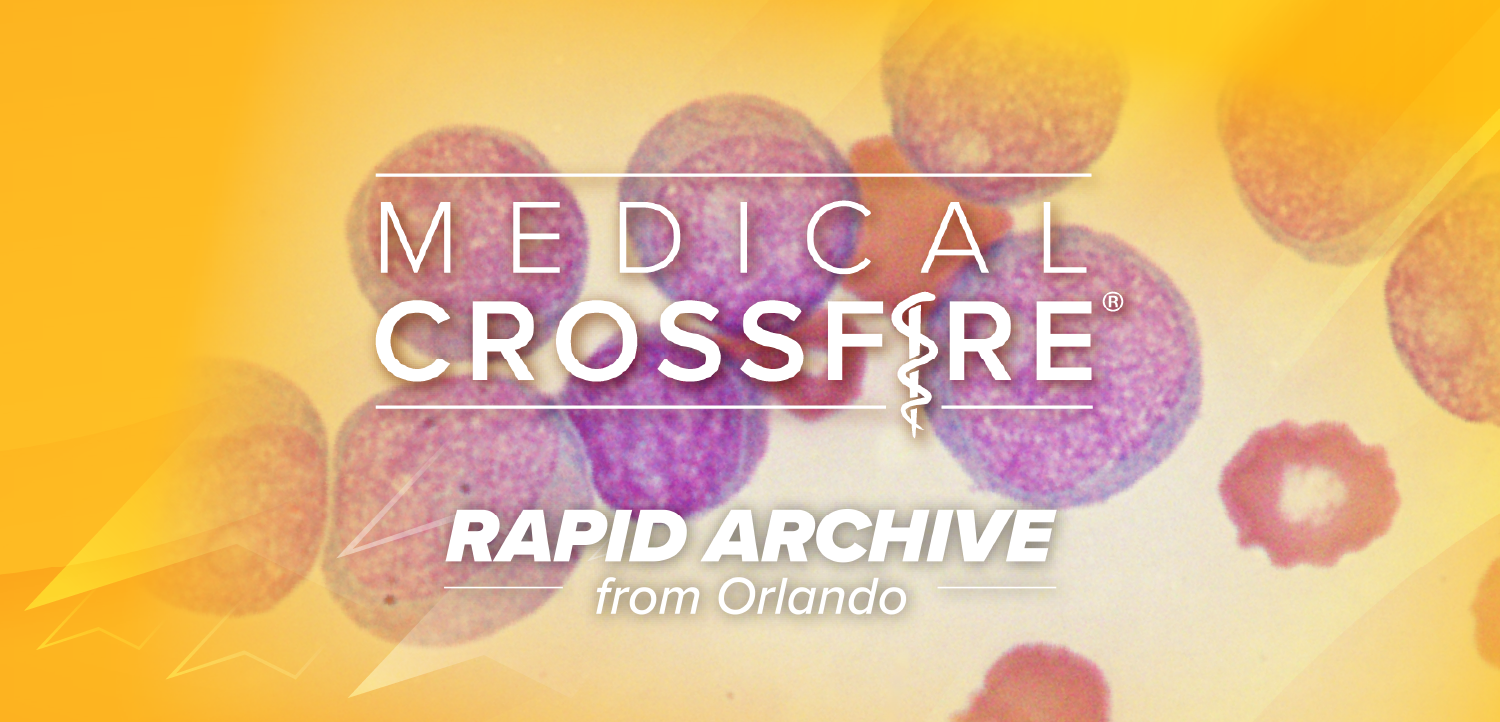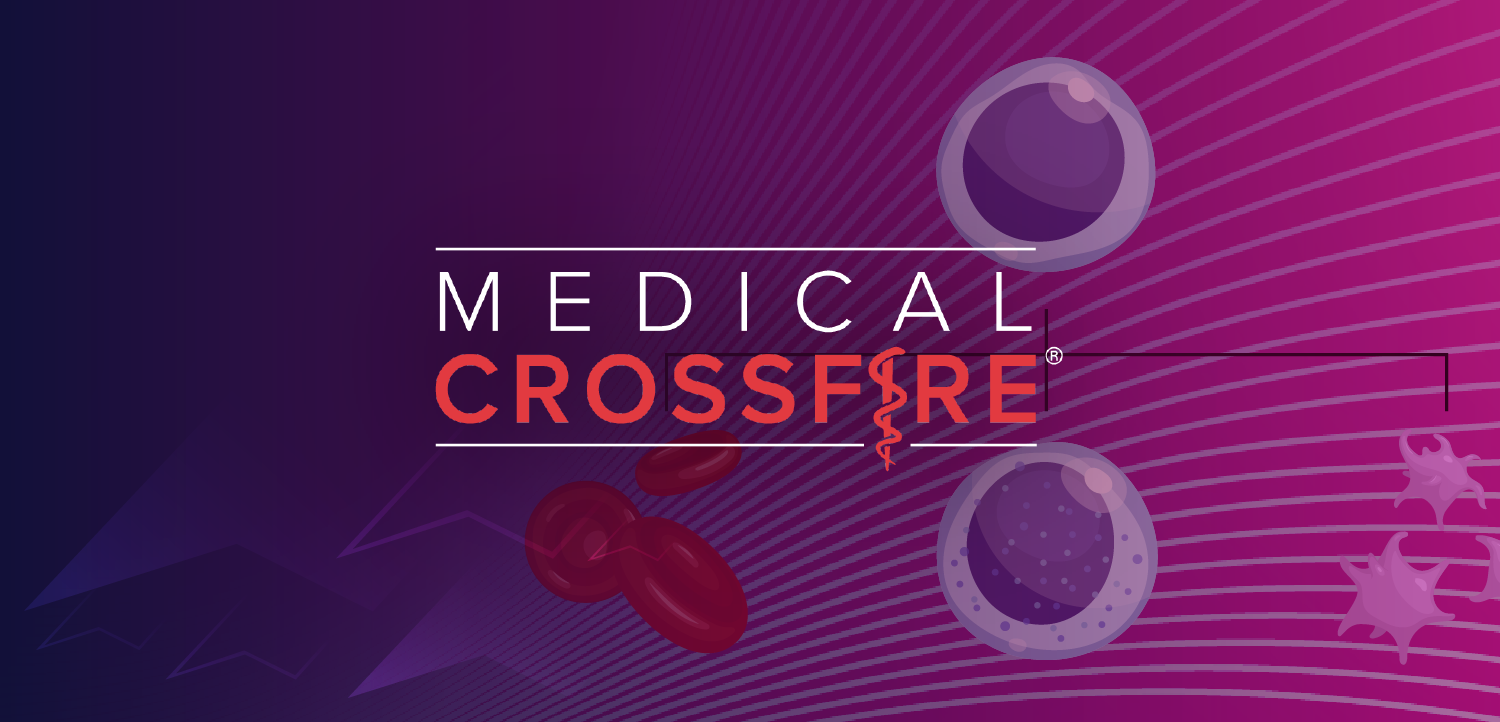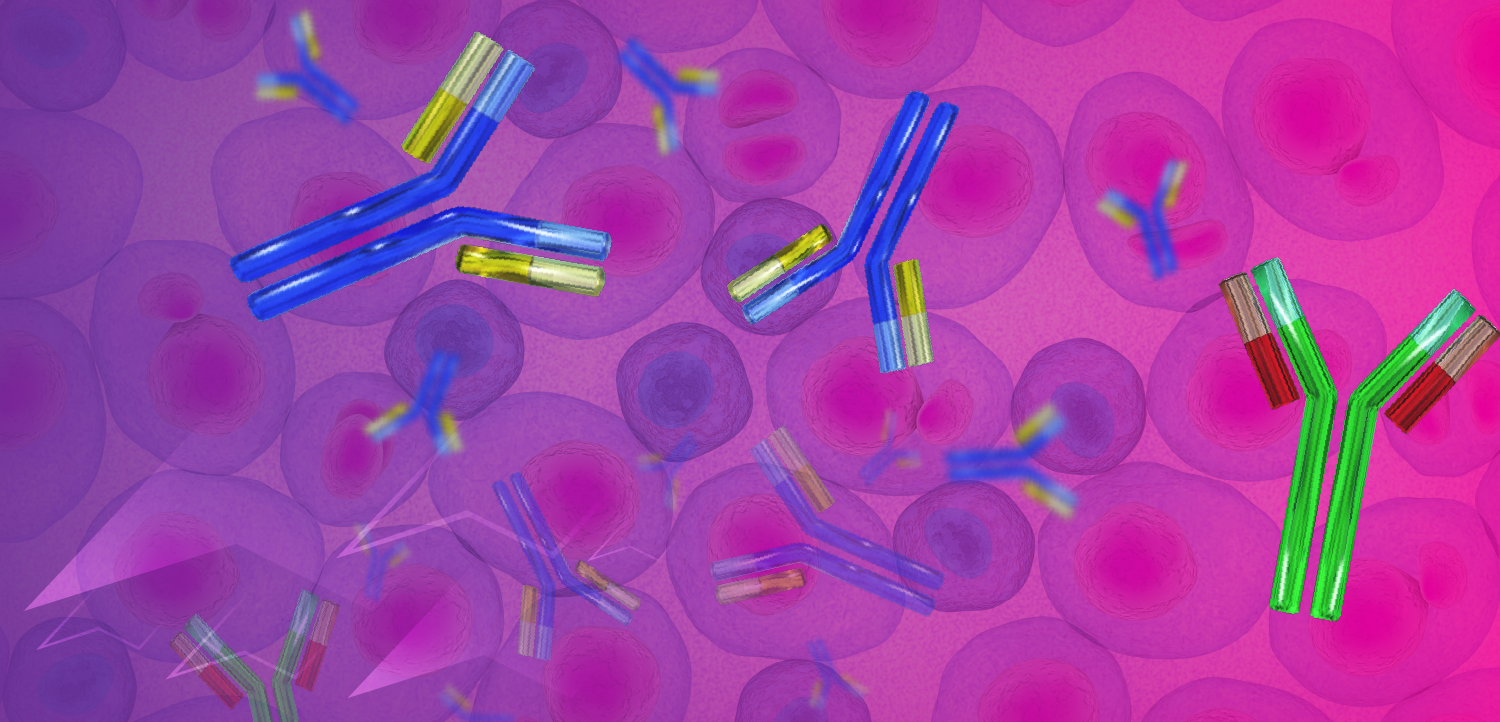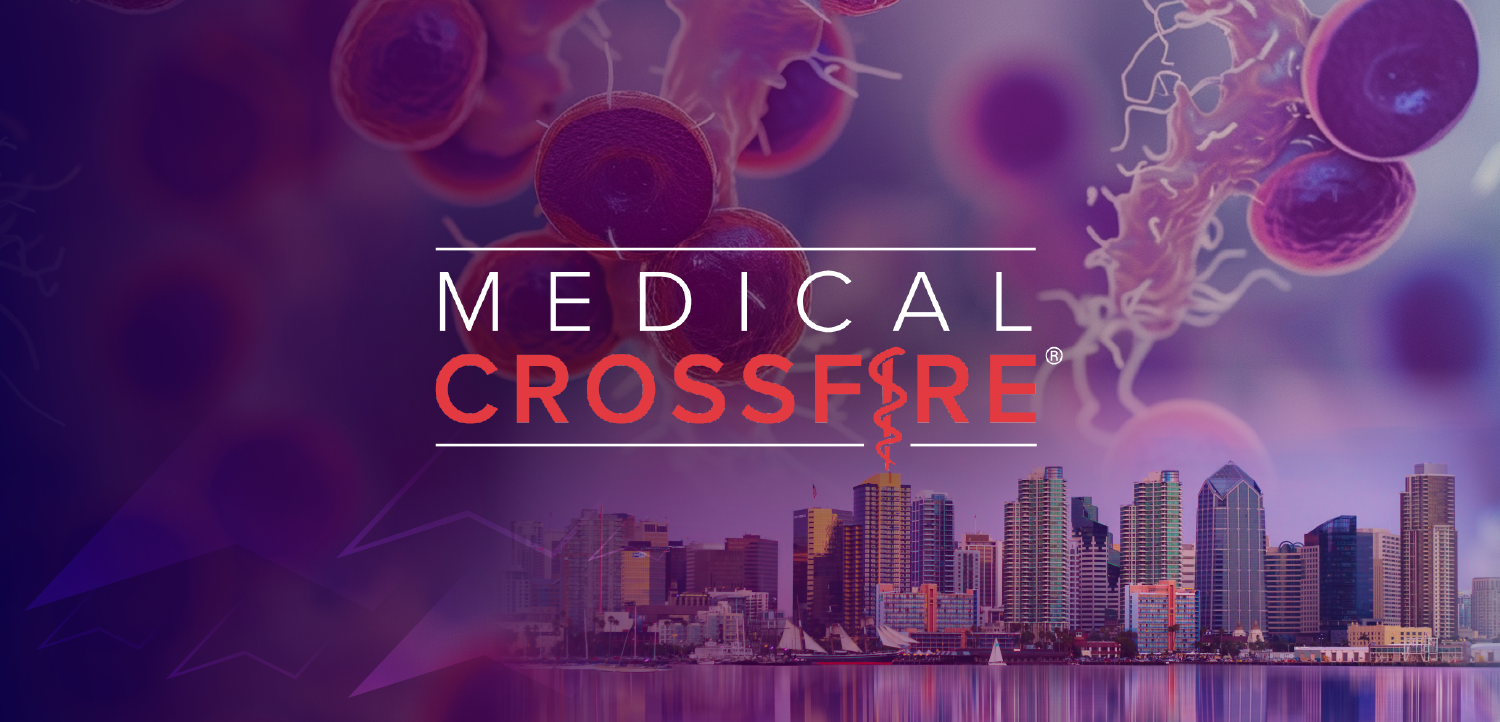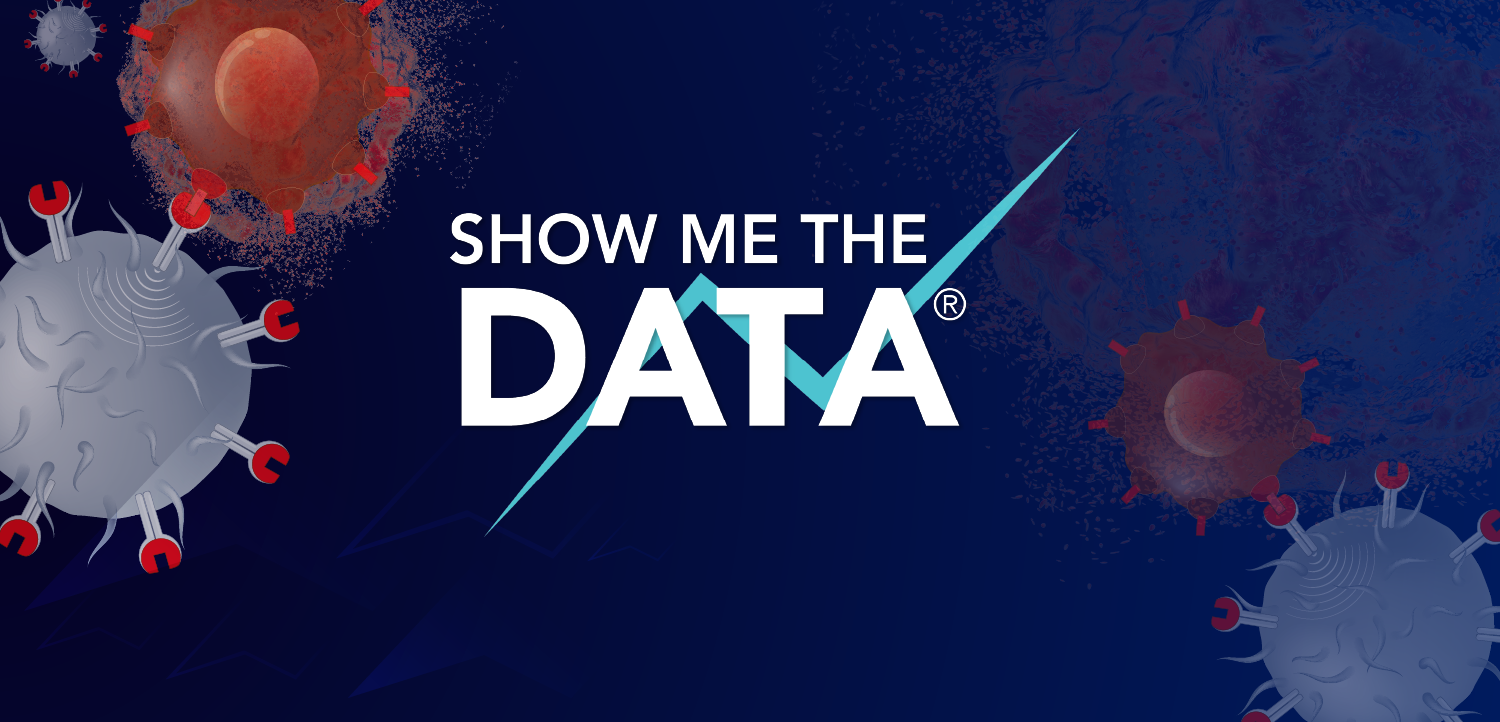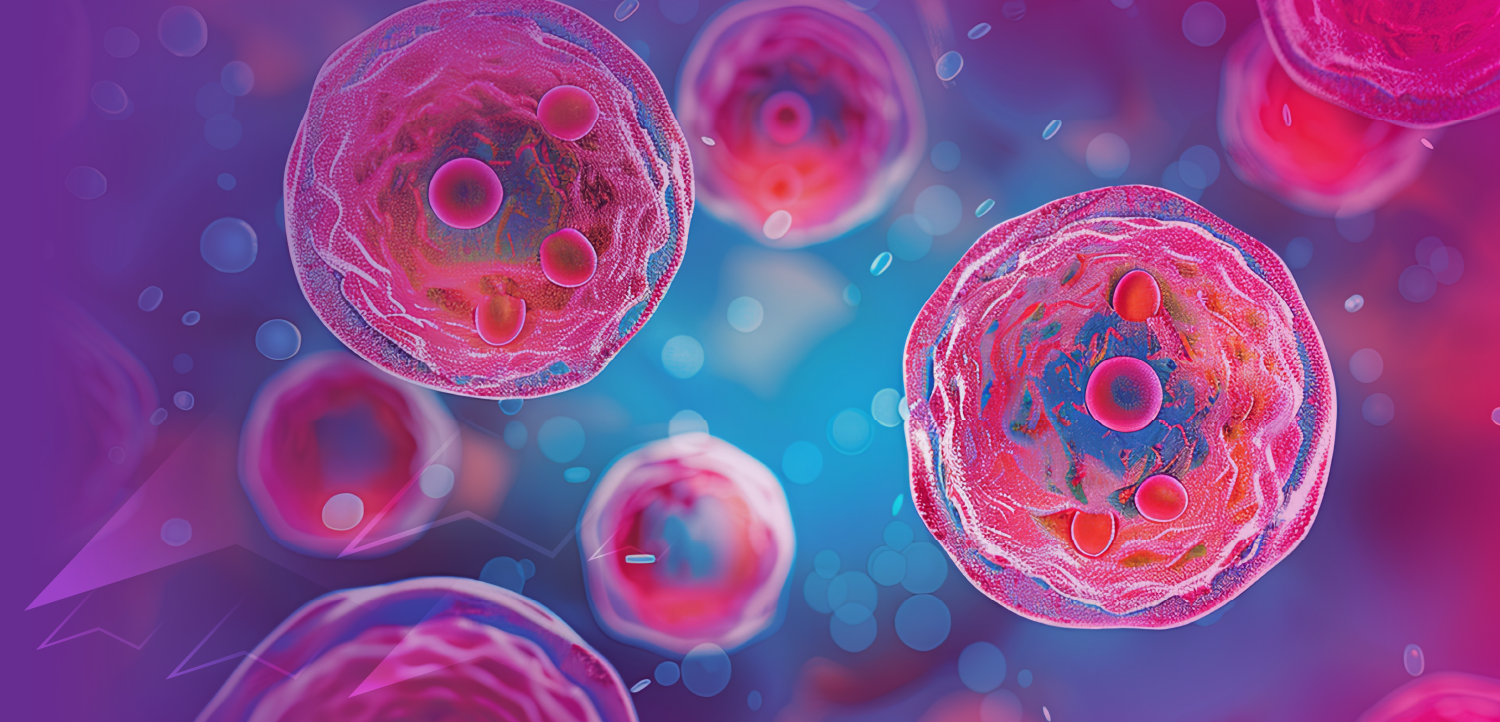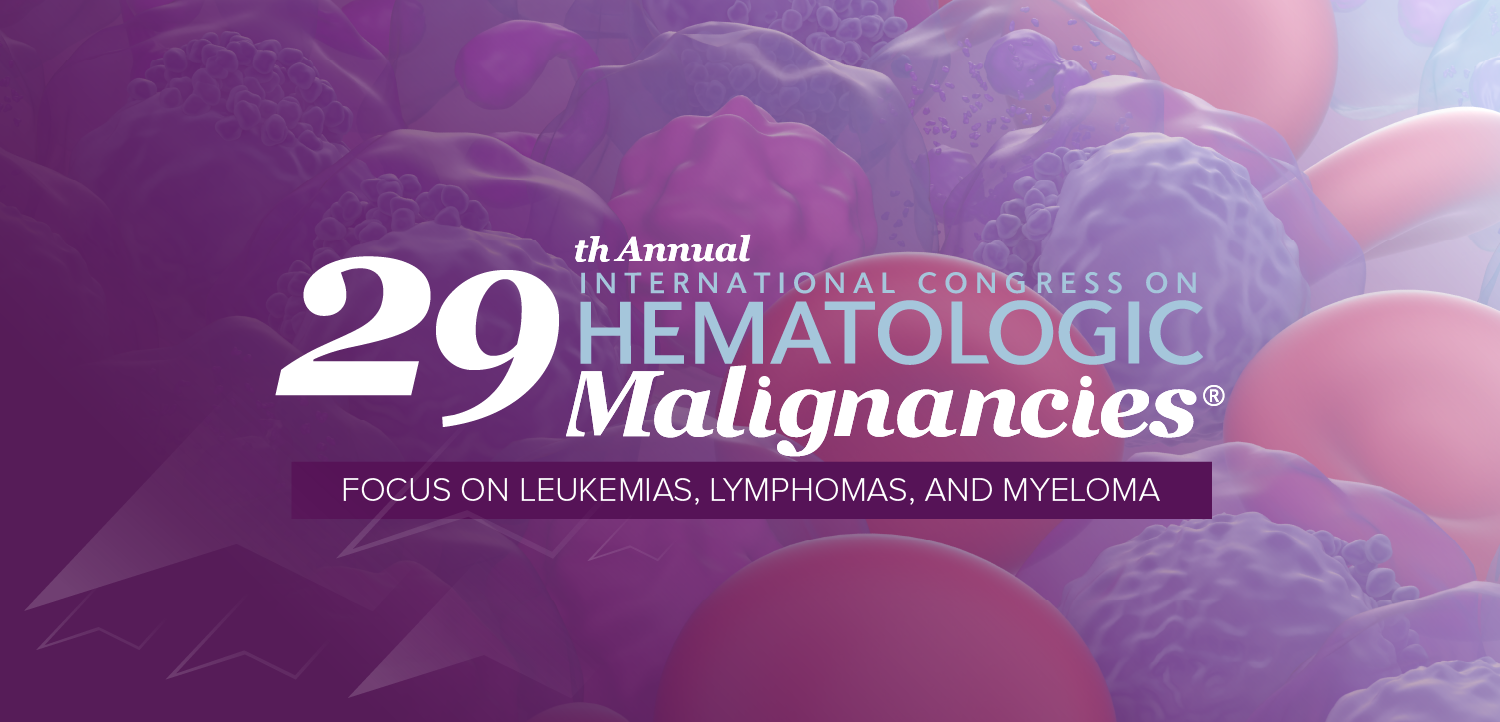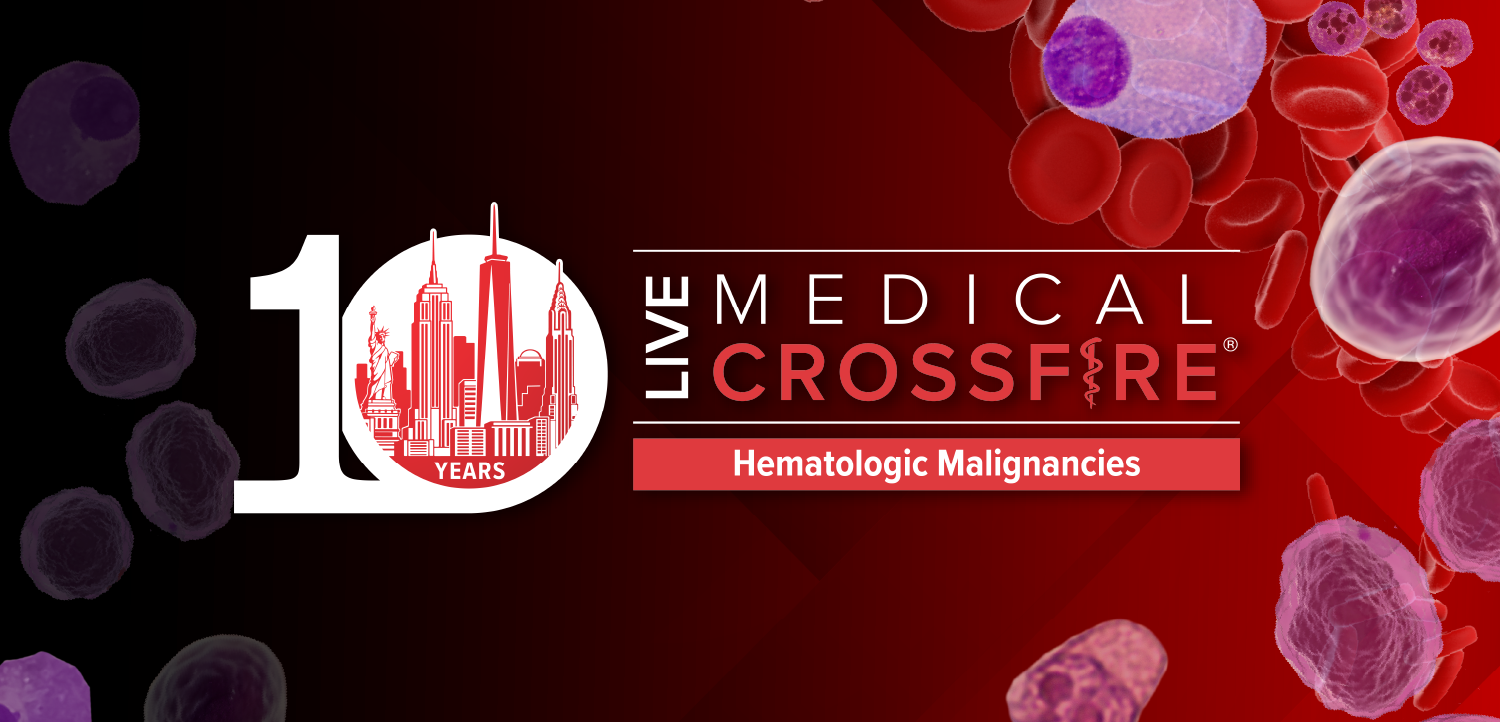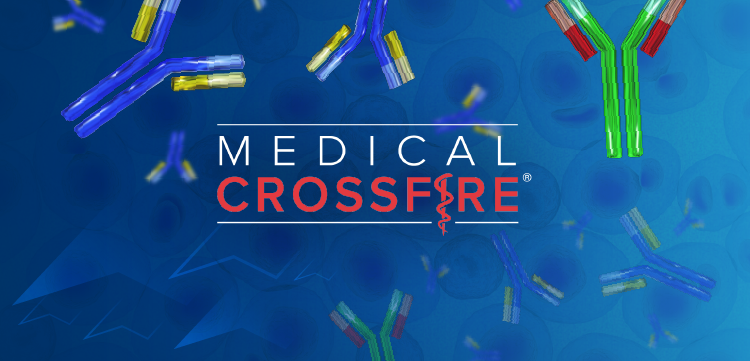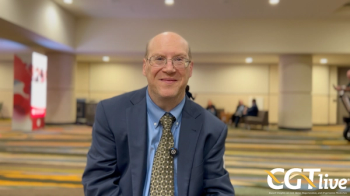
Systematic Approach Can Manage Erlotinib Skin Toxicity
A systematic approach to early treatment of skin toxicity in patients on erlotinib (Tarceva)-based therapy can reduce the need for dose modification or delay in patients with head and neck cancer or non-small-cell lung cancer (NSCLC)
BOSTONA systematic approach to early treatment of skin toxicity in patients on erlotinib (Tarceva)-based therapy can reduce the need for dose modification or delay in patients with head and neck cancer or non-small-cell lung cancer (NSCLC), Karen J. Oishi, ANP-C, GNP-C, OCN, reported at the Oncology Nursing Society 31st Annual Congress (abstract 153). "The rash erupts within 1 to 3 weeks of the beginning of treatment and peaks in 3 to 5 weeks," said Ms. Oishi, of M.D. Anderson Cancer Center. "Early intervention is key. Be proactive, and treat rash aggressively, like we treat chemotherapy-related diarrhea."
Ms. Oishi and her colleagues developed a treatment algorithm for rash associated with EGFR-targeted therapy such as erlotinib (see Table), and tested it prospectively in 32 patients treated with erlotinib in a phase II head and neck cancer clinical trial (28 evaluable for toxicity) and 33 erlotinib-treated NSCLC patients seen in the clinic.
According to the algorithm, for patients with grade 3-4 toxicities, the erlotinib dose is reduced to 100 mg. If rash continued, erlotinib is interrupted, then resumed at 100 mg with prophylactic measures. If toxicity continues, treatment is again interrupted and resumed at 100 mg or at 50 mg, with prophylactic measures. If grade 3-4 rash continues, erlotinib is discontinued.
Ms. Oishi said that at the beginning of erlotinib treatment, patients are provided with prescriptions for topical hydrocortisone and for clindamycin to have on hand if needed. Patients have an initial education session with the study nurse, physician, and pharmacist, then are seen every 4 to 6 weeks.
The patient education session includes photos of different grades of cutaneous toxicity. "The erlotinib rash starts on the face and progresses caudally to the chest and then to the buttocks. If a rash starts on the buttocks, it is probably not related to erlotinib," Ms. Oishi said. "We have a 20-minute counseling session in which we discuss toxicity and stress the importance of calling if a rash appears. We particularly urge patients to call if they develop any signs of infection, and we educate them to recognize these signs."
Study Results
Ms. Oishi reported that 19 of 28 evaluable head and neck cancer patients developed grade 1 rash, 8 developed grade 2 rash, 1 developed grade 3 rash, and there were no cases of grade 4 rash. The treatment protocol resulted in complete resolution of all grade 1 rash cases, a partial response in 6 of 8 grade 2 rash patients, and a partial response in the single grade 3 rash case. Doses were delayed and/or reduced for 3 patients.
Among the 33 NSCLC patients, 25 developed grade 1 rash, 4 developed grade 2 rash, 4 patients developed grade 3 rash, and none developed grade 4 rash. The treatment protocol completely cleared all 25 grade 1 cases and produced complete or partial responses for all grade 3 or grade 4 cases. Doses were delayed or modified for 4 patients.
Ms. Oishi emphasized that none of the patients had to discontinue erlotinib due to skin toxicity. She reassured clinicians that the brief treatment interruptions do not doom the efficacy of the drug. "Due to the half-life of erlotinib, if the patient is taking the drug for at least 16 days out of 30, it will probably be effective," she said.
Newsletter
Stay at the forefront of cutting-edge science with CGT—your direct line to expert insights, breakthrough data, and real-time coverage of the latest advancements in cell and gene therapy.


